Science Erupts in the Creative Thinking Classroom
Do you remember when you built a volcano in your middle school class? Or when you experimented with acids and bases in science lab? Can you imagine your science classes without any lab component? While the engaging experiences that science lab offers are common for American students, they are virtually nonexistent for the children that TYO serves in Palestine. Few school teachers incorporate scientific experiments into science lessons in Nablus. When I asked my students if any of them had ever done a science experiment before, they all expressed that they had not. However, a notable exception to this norm is a Palestinian organization named Al Nayzak that is developing interactive educational programs for science and engineering. It was founded in 2001 and has offices in Ramallah, Gaza, and Jerusalem. The organization brings science experiments into the classroom, offers after-school programs, and also runs a science fair. Although it is bringing more hands-on opportunities for science to some children in Palestine, it has not yet reached the children who come to TYO.
Given that my Creative Thinking class aims to increase children’s critical thinking abilities, I have been able to incorporate many different science experiments into it. For example, last week we created a volcanic eruption from vinegar and baking soda. First, the students worked in groups of five to construct the volcanoes from newspapers, flour, water, tape, cardboard, and plastic bags. After the paper-mache dried, they painted them. On the third day, the children were able to create the volcanic eruption themselves. After the students enthusiastically watched as each group successfully created an eruption, we discussed why these eruptions had occurred. The children explained that when acids and bases were combined, they produced CO2. Thus, the combination of vinegar (an acid) and baking soda (a base) formed the gas; the pressure of the newly formed gas in the plastic bottle had forced the liquid to explode out of the bottle and over the top of the volcano.
Another day, we combined corn starch with water to make a gooey substance called “Gluep.” Gluep is a plastic that behaves like both a solid and a liquid. The children giggled and squealed as they experimented with rolling it between their hands and then watching as it melted onto the table. They had never seen anything like it before. By observing what shape the substance did or did not hold while responding to a series of prompts like “roll it into a ball,” the children learned about the unique characteristics of this substance, while having a ton of fun.
All of these science projects not only solidify concepts that my students may learn in school textbooks, but they also allow them to have experiences that they never imagined possible. For example, none of my students could even predict what would happen when we added water to cornstarch; all of them were completely shocked when we created a new substance. These experiments thus expand their realm of possibilities. Lastly, I hope that these experiments also demonstrate a broader life principle: even when things appear impossible on the surface, you don’t know if they are possible until you try.
- Clare
Clare Herceg is currently a TYO Fellow as a recipient of the Princeton Class of 1956-81 International ReachOut Fellowship.





